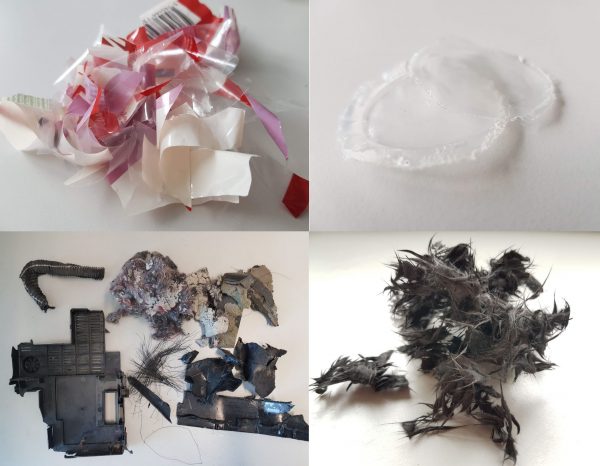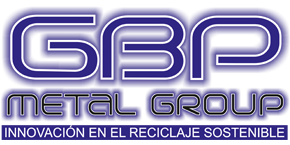Pilot Reprocessing of Recovered Plastics and Fibres
At this stage, the materials recovered from treated waste will be characterized with respect to their application in plastic packaging, textiles and composites. This will involve effort from across the consortium, but particularly Centexbel.
Thermoplastic polymers will be assesed for their rheological and thermal behaviour, and their properties compared with virgin polymers designed for the envisaged reprocessing techniques, such as melt extrusion. Recycled carbon and glass fibres will be analysed for their mechanical and surface properties and compared to their primary manufactured counterparts by Centexbel and Bond Laminates respectively. The residual sizing on the fibres (an important contributor to optimal fibre matrix adhesion) will also be determined. It is hoped that, with conditions suitably tuned, the CreaSolv® process will be able to selectively partly maintain the sizing on the fibres.

Since the materials with which we are working may have undergone some degradation during their previous working life (the CreaSolv® process itself does not lead to further downgrading), it may be expected that a degree of property “tuning” will be required if recycled thermoplastics are to be used for new applications via compounding.
Optimal additive approaches will be developed by AIMPLAS to i) protect polymers during compounding and processing and during their lifespan, ii) improve their processing behaviour, iii) increase melt strength and molecular weight, and iv) improve specific functional properties related to their end use. Wherever possible additives, additional compounds or fillers recovered from the Creasolv® process, will be considered for these roles, closing further material recovery and reuse loops.
